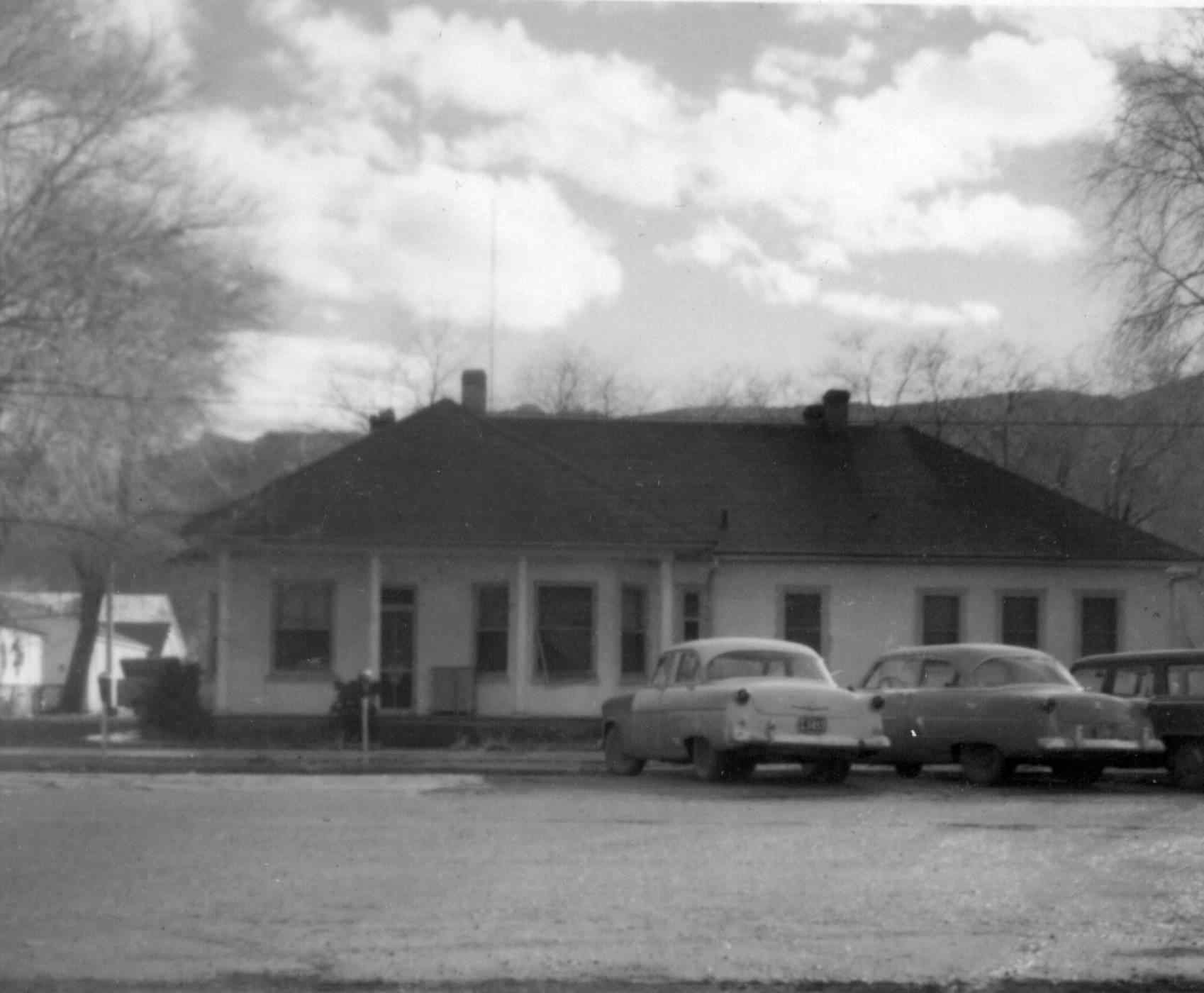A century ago, traffic jams in Moab looked very different than today. Cattle – not cars – clogged streets seasonally, as ranchers brought livestock through the Moab Valley on their way to the railroad in Thompson.
What was it like driving cattle through town? What was it like for locals when hundreds of cows passed by on Main Street? Terby Barnes described both sides of the experience in the Fall 1991 issue of Canyon Legacy in an article entitled “Cattle Drives,” featuring stories from folks with lived experience.

According to Barnes’ surveys of former cattlemen, it took from 8 to 28 days for cowboys to bring their cattle to the railroad in Thompson, depending on where in southeastern Utah the herd had been ranging. Cattle ranging in the Abajos, Elk Ridge, the Dark Canyon Plateau, parts of the La Sals, and the area that is now Canyon Rims National Recreation Area would all be driven up via the Moab Valley, taking advantage of one of the very few viable river crossings of the Colorado.
Routes converged as the herds passed up Dry Valley and Looking Glass Rock. The spring water at Kane Springs, located by today’s Hole ‘N The Rock attraction, provided crucial hydration for the animals.

“A herd of 1,000 to 1,500 large animals would tie up traffic and raise abhorrent clouds of dust in Moab’s sandy main street,” wrote Barnes. To alleviate the impact on townspeople, the United States Grazing Service purchased easements across properties on the western edge of Moab to create a livestock driveway to bypass downtown.
It wasn’t all dust and inconvenience for locals, however, wrote Barnes:
“There were good moments, at least for some of the Moab residents, who can still remember when cattle baron Al Scorup, driving his herd from Indian Creek Ranch to the Thompson railhead, would park his chuckwagon under the trees north of the present [Moab Springs Ranch] in Moab and invite the townspeople to suppers of sourdough biscuits and big, juicy beefsteaks.”
In Thompson, cattle were loaded onto rail cars to be transported to the Kansas City stockyards before heading to market. Ultimately, a shift away from trains and toward trucking ended the large-scale cattle drives through town, but the memory of those days lives on in stories and photos.The Moab Museum is dedicated to sharing stories of the natural and human history of the Moab area. To explore more of Moab’s stories and artifacts, find out about upcoming programs, and become a Member, visit www.moabmuseum.org.



